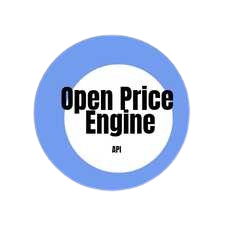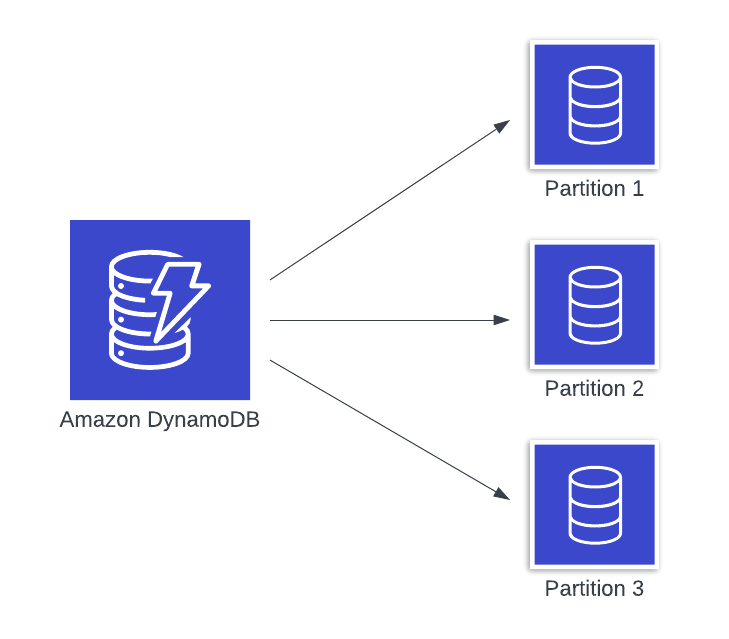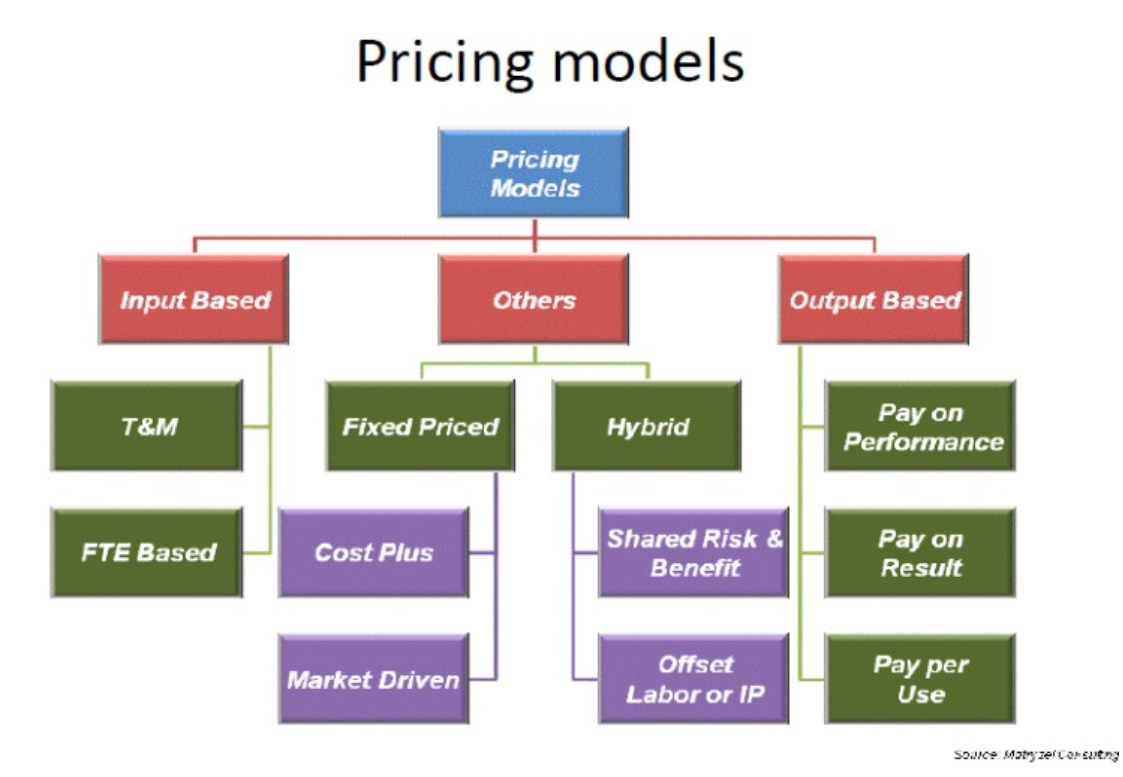In the rapidly evolving world of online retail, choosing the right e-commerce software is a crucial decision for any business. The right platform can significantly impact your store's efficiency, scalability, and success. From comprehensive, all-in-one solutions to specialized tools for niche needs, the variety of e-commerce software available today can be overwhelming. Here’s a detailed look at the different types of software you can use to run an e-commerce store.
Source: WHSuites
1. Hosted E-commerce Platforms
Description: Hosted e-commerce platforms are turnkey solutions that handle all technical aspects of running an online store. These platforms are managed by a third-party provider, which means you don’t need to worry about server management, security, or software updates.
Popular Examples:
- Shopify: Known for its user-friendly interface and extensive app marketplace, Shopify is a popular choice for small to medium-sized businesses. It offers various themes, payment gateways, and integrations.
- BigCommerce: This platform caters to growing businesses with advanced features and scalability options. It provides built-in tools for SEO, analytics, and multi-channel selling.
Pros:
- Easy setup and maintenance
- Regular updates and security patches handled by the provider
- Comprehensive customer support
Cons:
- Limited customization compared to self-hosted solutions
- Monthly subscription fees that can increase with the addition of features
2. Self-Hosted E-commerce Platforms
Description: Self-hosted platforms require you to handle the hosting and technical aspects yourself. These solutions offer greater control and customization options, but they also demand more technical knowledge.
Popular Examples:
- Magento Open Source: Known for its flexibility and robustness, Magento is ideal for businesses with specific needs and technical resources. It offers extensive customization options and scalability.
- WooCommerce: A WordPress plugin that turns a WordPress site into an e-commerce store. It’s ideal for those already familiar with WordPress and looking for a cost-effective solution.
Pros:
- High level of customization and control
- No limitations on features or functionality
- Open-source options available for greater flexibility
Cons:
- Requires technical knowledge or the help of a developer
- Ongoing management of hosting, security, and updates
3. Headless E-commerce Platforms
Description: Headless e-commerce platforms separate the front-end (customer-facing) and back-end (administrative and database) functions of an e-commerce site. This approach allows for greater flexibility and integration with other systems.
Popular Examples:
- CommerceTools: A leading headless solution that provides a flexible API-based architecture, allowing businesses to create unique front-end experiences and integrate with various back-end systems.
- Contentful: While not strictly an e-commerce platform, Contentful is often used in conjunction with headless e-commerce systems to manage content and deliver it across multiple channels.
Pros:
- Highly customizable and scalable
- Seamless integration with other systems and technologies
- Ability to deliver consistent experiences across different devices and platforms
Cons:
- Higher complexity and cost due to the need for custom development
- Requires more technical expertise and resources
4. Open Source E-commerce Solutions
Description: Open-source e-commerce solutions offer the source code for free, allowing you to modify and extend the software as needed. They are a great option for businesses with specific requirements or those seeking a cost-effective solution.
Popular Examples:
- PrestaShop: A flexible and powerful open-source platform with a large community of developers. It offers a range of features and customization options.
- osCommerce: One of the oldest open-source e-commerce solutions, osCommerce provides a wide range of add-ons and a strong community support network.
Pros:
- No licensing fees
- Full control over customization and functionality
- Strong community support
Cons:
- Requires technical knowledge for installation and customization
- Ongoing maintenance and security management
5. Niche E-commerce Solutions
Description: Niche e-commerce solutions are tailored for specific industries or types of products. These platforms offer specialized features and integrations designed to meet the unique needs of particular markets.
Popular Examples:
- Shopify Plus: While Shopify is a general e-commerce platform, Shopify Plus is designed for high-volume merchants with more advanced needs.
- Gatsby Commerce: Tailored for developers building e-commerce sites with Gatsby, a modern front-end framework. It’s ideal for businesses looking for fast, static site generation with dynamic e-commerce capabilities.
Pros:
- Specialized features for particular industries or product types
- Often include industry-specific integrations and tools
- Can offer a more tailored experience for users
Cons:
- May lack the flexibility of more general platforms
- Can be less versatile if your business needs change
Conclusion
Choosing the right e-commerce software depends on your business needs, technical expertise, and budget. Hosted platforms offer ease of use and maintenance, self-hosted solutions provide flexibility and control, headless systems offer advanced customization, open-source platforms are cost-effective but require technical skill, and niche solutions cater to specific market needs. By understanding the various types of e-commerce software available, you can select the one that aligns best with your business goals and technical capabilities.






